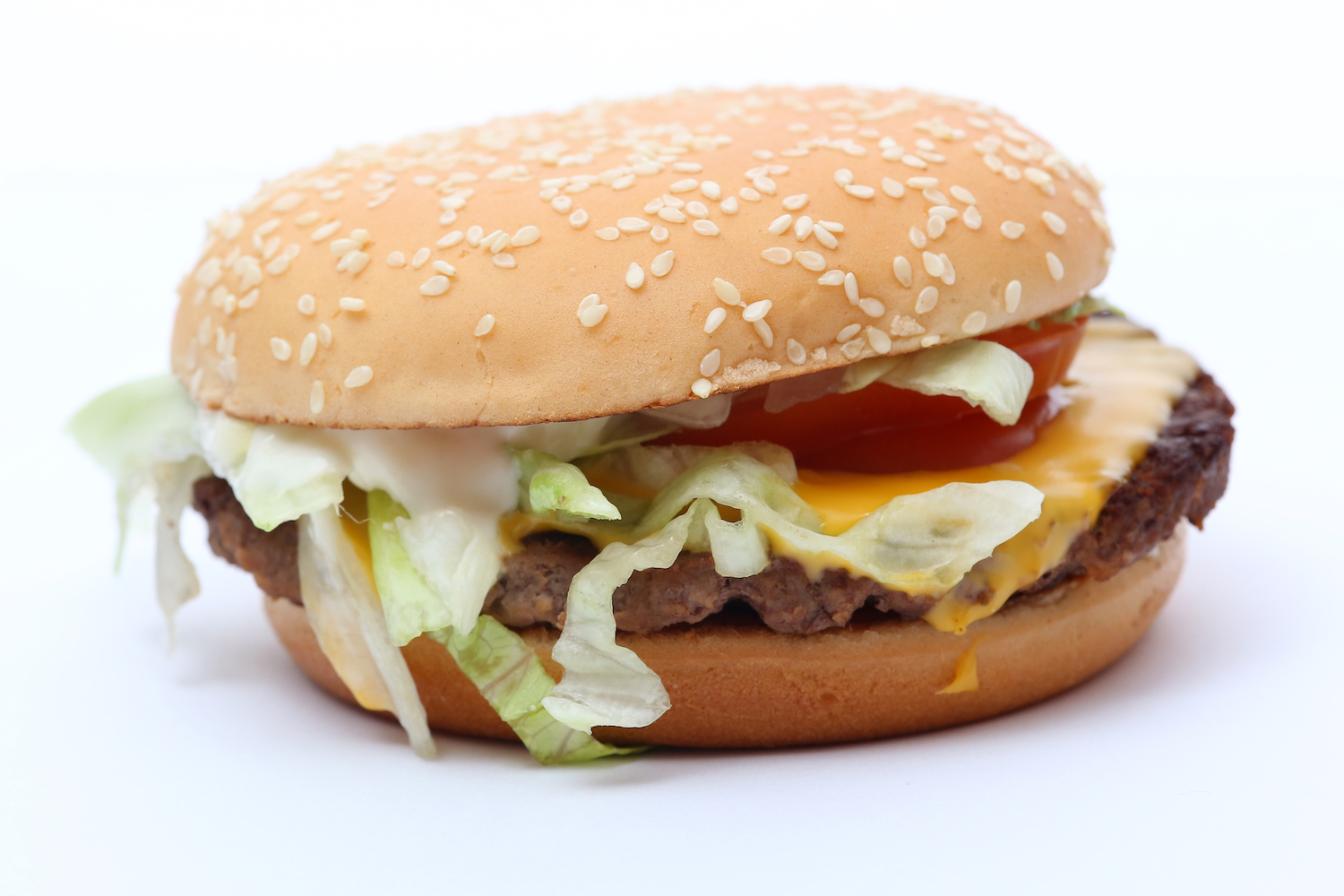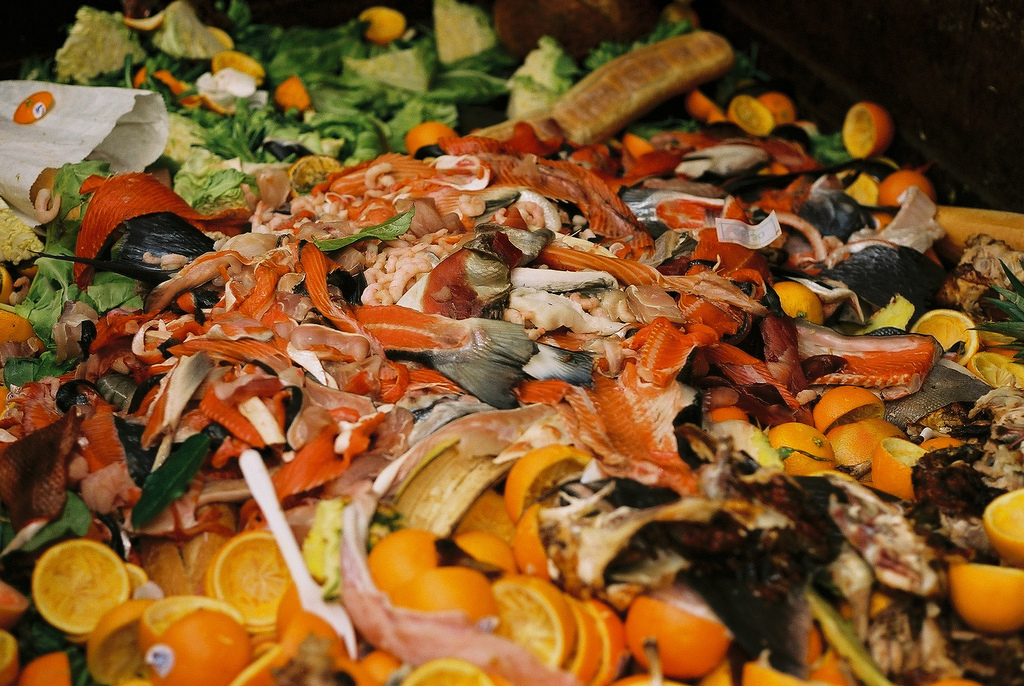This is the web version of a list we publish twice-weekly in our newsletter. It comprises the most noteworthy food stories of the moment, selected by our editors. Get it first here.
Pharmaburger. For the last five years, a consortium of six nonprofit consumer groups has teamed up to evaluate the top 25 fast-food chains on one specific issue: the use of antibiotics in their meat. The Chain Reaction Report functions as an antibiotics scorecard, and also as an effective shaming agent. Each year, the chains have collectively used less pharma-produced meat, and some explicitly credited the scorecard for convincing them to change their ways. Now the bad news: Most of the big chains are still using beef raised with antibiotics. Consumer Reports (where our managing editor, Jesse Hirsch, was formerly employed as a food editor) has the story.
Does not compute. M.I.T. Media Lab has pulled the plug on its scandal-ridden (and much lauded) food project known as OpenAg, which had been developing “food computers”—aka small, tech-y greenhouses—it claimed could grow food in any conditions. Turns out, they mostly couldn’t. Per a report from The New York Times, corporate donors had poured millions into the work, but researchers later revealed that the plants in their greenhouses were actually store-bought. (In the meantime, the Media Lab itself is facing criticism for financial ties to the now-deceased and convicted sex offender, Jeffrey Epstein.) Time to plant some new seeds.
Where the Wasps aren’t swarming. Whatever happened to the vichyssoise, beef Wellington, and “continental ham” that defined the Wasp cooking of yore? Food critic Adam Platt wonders about this for New York magazine, citing Thomas Keller’s new TAK Room—a restaurant Platt calls an “ode to mid-century country club dining”—as the possible indicator of a revival movement. Over at Taste last month, Jon Bonne had a very different take on the menu at Keller’s new joint. “This is less nostalgia than simply hearkening back to a tonier iteration of Saturday dinner at the country club,” he wrote. “And that sort of reaching backward worries me, because the past few years have made clear the perilous line between the glow of nostalgia and the myopia of Making America Great Again.”
Slow your (pork) roll. American pork giants are sensing an opportunity in China’s devastating African swine fever epidemic, and some are willing to change their ways in order to cater to the country’s new demand for meat imports. Tyson recently announced its plans to eliminate ractopamine—a controversial feed additive that speeds up weight gain in hogs—from its supply chain, reports WGBH, among a number of other outlets. Ractopamine is banned in Europe, China, Russia, and many other countries because foreign regulators do not believe there is enough evidence proving it is safe. Bottom line: Tyson’s pigs will grow more slowly, but their meat won’t be banned in the rest of the world. Evidently that seems like a fair tradeoff.
Soul of the South. Whether okra seeds were brought to the American South braided into the hair of enslaved Africans, or by way of the Caribbean, the origin story of how the crop arrived in this country is still uncertain. Shane Mitchell shares the many ways okra has served as a cross-cultural, Southern staple for generations, in a story for The Bitter Southerner. “Okra is a first food. Easy for a baby to swallow. All that starch and glue. When you’re brought up eating it, you don’t question it,” writes Nigerian author Yemisí Aríbisálà.









